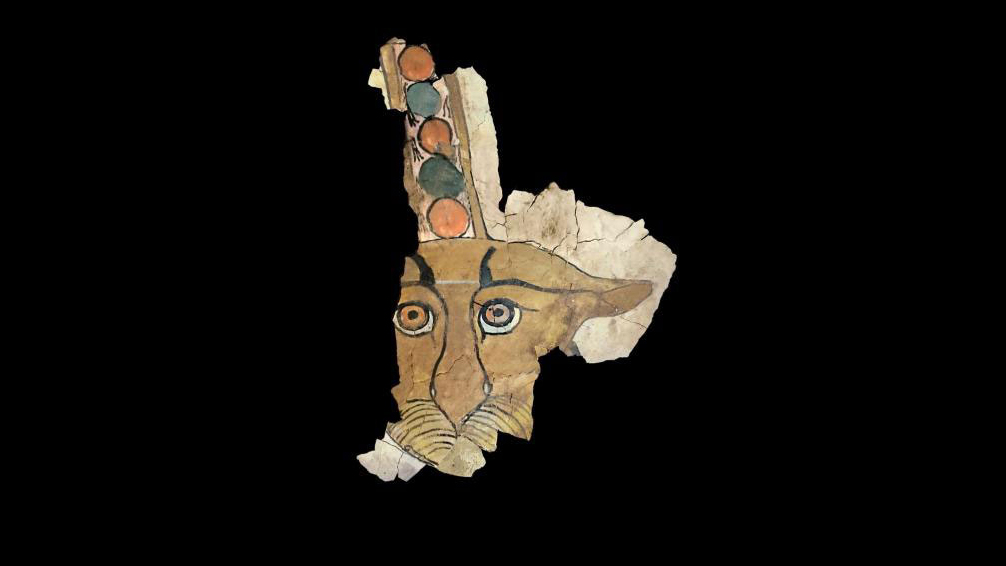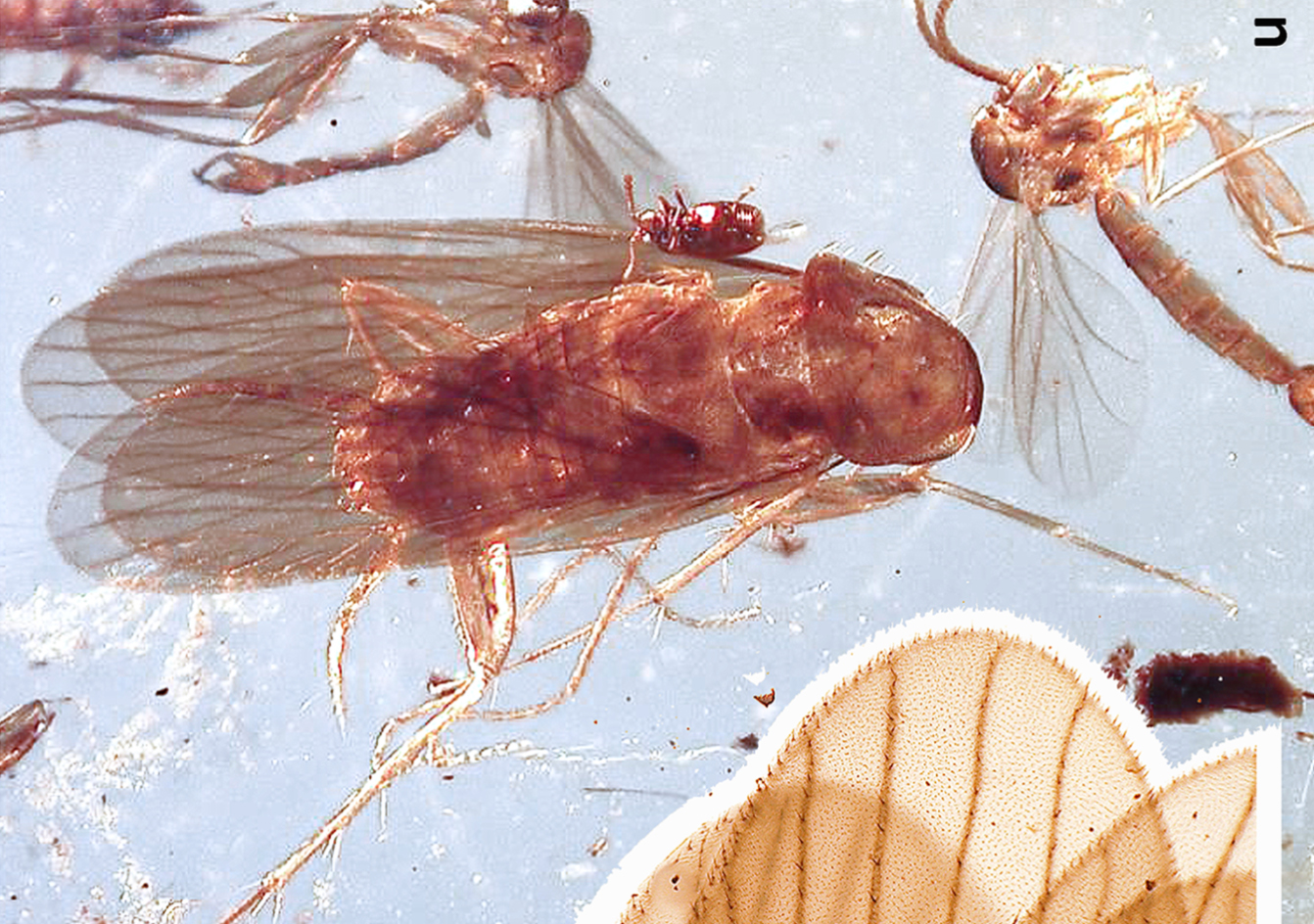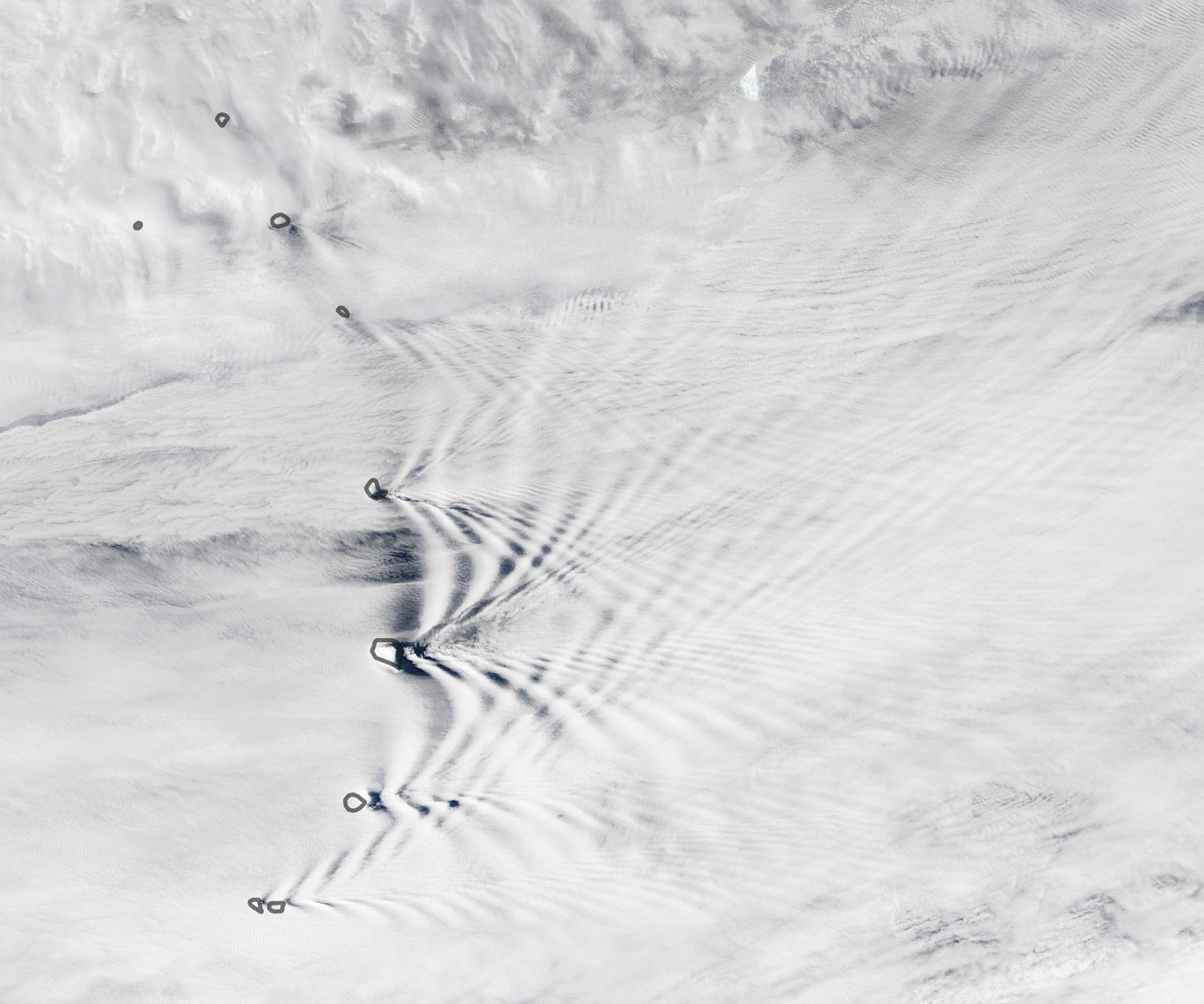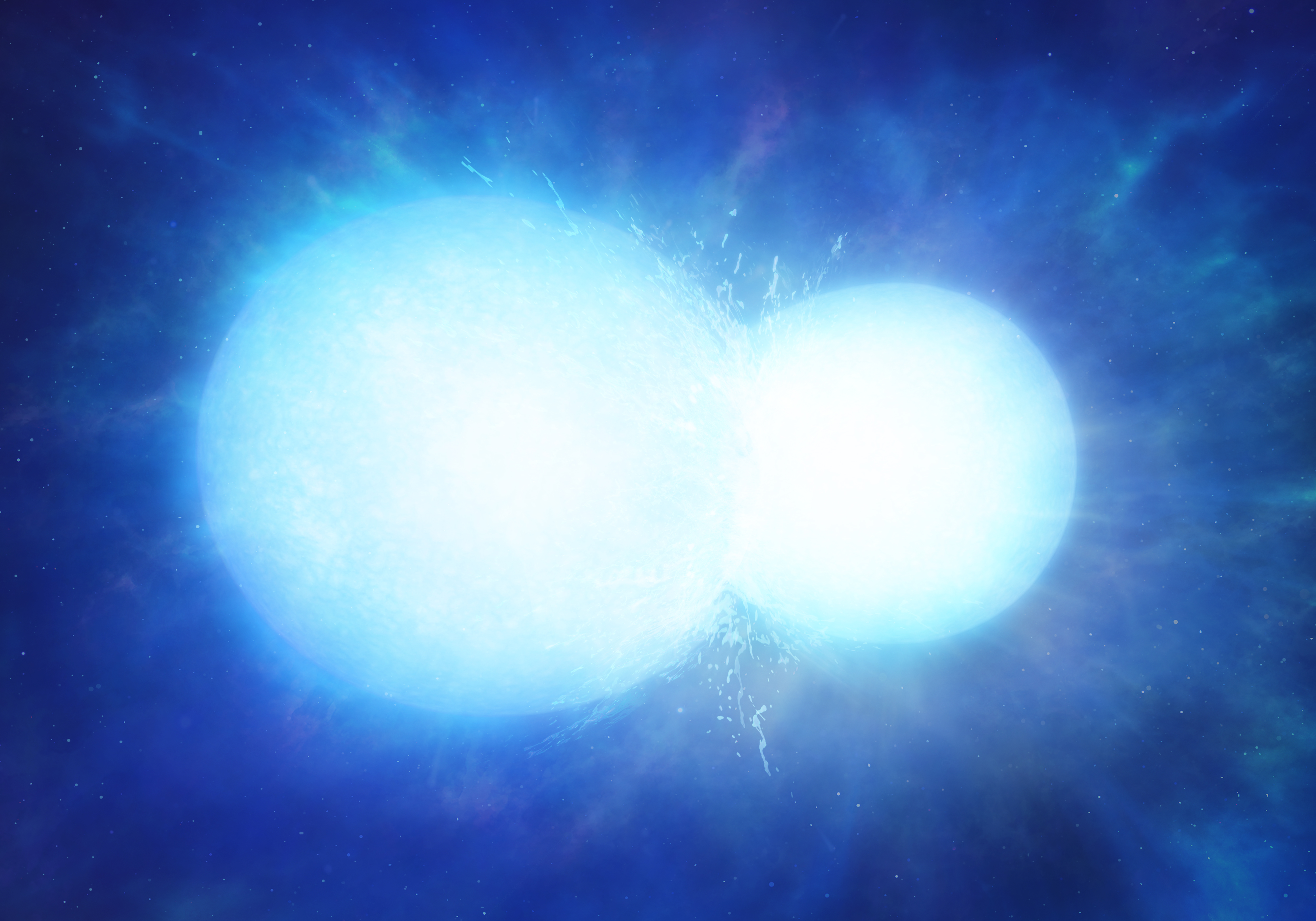Amazing images: The best science photos of the week
From ice storms turning a lake into "Narnia" to the biggest bang since the Big Bang, here are amazing images from this week in science.

Each week at Live Science we find the most interesting and informative articles we can — and along the way, we uncover some amazing images. Here you'll discover this week’s most incredible photos and the stories behind them.
Roman dagger

A teenager discovered a dagger in the 2,000-year-old grave of a Roman soldier buried in Germany. However, the dagger, which was still in its sheath, was so corroded that it took nine months to restore it with sandblasting and grinding techniques. Once cleaned, archaeologists were awed by the dagger and sheath's rich decorations, which included red glass, silver and enamel. The find is remarkable, given that Roman soldiers were rarely buried with their military equipment.
[Read full story: 'Rusty lump' turns out to be 2,000-year-old silver dagger used by Roman soldier]
Vivid leopard face

Archaeologists recently created a digital reconstruction of a colorful leopard's face from a sarcophagus, found in a necropolis in Aswan, Egypt, that dates to the seventh century B.C.
More than 300 tombs were uncovered in this city of the dead, which was in use for about 1,000 years. A nearby tomb contained another surprise: a bowl of pine nuts, which were imported to Egypt at the time and were a popular ingredient in Roman recipes.
[Read full story: Hello kitty! Leopard face reconstructed from ancient Egyptian sarcophagus]
Lake Narnia?

Houses along the shore of Lake Erie recently resembled ice sculptures, after powerful wind gusts doused the homes with chilly lake water and freezing temperatures froze the moisture into an icy covering.
Sign up for the Live Science daily newsletter now
Get the world’s most fascinating discoveries delivered straight to your inbox.
Following 48 hours of strong winds and frigid chill, several feet of ice accumulated on the exteriors of three houses at Hoover Beach in Hamburg, New York. The ice was so thick that the houses were dark inside, one resident complained. He added that while frozen coatings like this have happened before, this is the most extreme ice event in nearly a decade.
[Read full story: 'Welcome to Narnia': Frozen homes near Lake Erie are an eerie sight]
Coronavirus and clean air

The new coronavirus that causes the disease COVID-19 is having an impact on China so stark that it can be seen from space. It's visible in data from U.S. and European satellites as a dramatic drop in air pollution tied to driving, factory operations and other fossil-fuel-burning machinery. That data, represented here, shows how concentrations of nitrogen dioxide (NO2), a pollutant, dropped sharply between early January and late February over China — just as quarantines and business restrictions were put into effect. NASA researchers said they had no memory of comparable drops in NO2.
[Read full story: Dramatic effect of coronavirus lockdowns seen from space]
The first 'social network'

Rangeomorphs are thought to be some of the earliest non-microscopic animals on Earth, spreading prolifically during the end of the Ediacaran period (about 635 million to 541 million years ago) despite having no noticeable mouths, guts, reproductive organs or means of moving. How did they thrive so long? Apparently, they had a "social network" of filaments connecting them, a new study of hundreds of Canadian rangeomorph fossils found. Those filaments stretched anywhere from a few inches to several feet long, and could have helped rangeomorphs exchange nutrients or even clone themselves through asexual reproduction, the study found
[Read full story: This 500-million-year-old 'social network' may have helped sea monsters clone themselves]
Gardens and graveyards of the deep

The South Australian coast is surrounded by a labyrinth of underwater canyons, many of them still unexplored. Last week, a team of researchers (and their underwater robot companion) completed a survey of three such canyons, uncovering a hidden world of both thriving coral gardens and ash-white coral graveyards. The team explored three submarine canyons — Bremer, Leeuwin and Perth — descending for the first time into each area's abyssal zone, or the dark depths about 2.5 miles (4,000 meters) below the surface. Bremer canyon, in particular, excites scientists because the nutrient-rich water seeping out of Antarctica's Southern Ocean arrives there first before circling the rest of the world's oceans. Studying the living and dead coral populations of the canyon could reveal how the area has reacted to climate change over time, and how other underwater ecosystems could react as the oceans continue to warm.
[Read full story: 'Gardens and graveyards' of coral discovered in hidden canyons off Australia's coast]
Roaches that ran with T-rex

It's rarely a treat to discover a cockroach at work, let alone two, but archaeologists are stoked to have found a pair of cockroaches trapped in amber, apparently dating to the days when Tyrannosaurus rex walked the Earth. The roaches are 99 million years old, the authors of a new study wrote, making them about 30 million years older than the next-oldest cockroaches in the fossil record. Perhaps even more exciting, the bugs are the oldest-known examples of "troglomorphic" organisms — creatures that adapted to the weird, dark environments of caves. How the ancient cave-dwellers ended up in amber is a mystery (amber is fossilized tree resin, hardly abundant in caverns) but cockroaches do have a reputation for being where you least expect (or want) to see them.
[Read full story: 'Exquisite' dinosaur-age cockroaches discovered preserved in amber]
Blasting a hole in the universe

What are those pink and blue lights in the sky? Just the biggest bang since the Big Bang. Astronomers detected the remnants of the massive explosion, which ripped through the Ophiuchus galaxy cluster about 390 million light-years away, in 2016, but are only now beginning to appreciate its power. In a study published last week, researchers calculated that the blast — which erupted from a supermassive black hole in the region (seen above in radio and infrared light) — was about five times stronger than the previous record holder, and tore such a huge hole in the surrounding cluster's gas that 15 Milky Way galaxies could fit inside it. "In some ways, this blast is similar to how the eruption of Mt. St. Helens in 1980 ripped off the top of the mountain," study lead author Simona Giacintucci, of the Naval Research Laboratory in Washington, D.C., said in a statement. In this case, though, an entire group of galaxies was left reeling.
[Read full story: Scientists spot the biggest known explosion in the universe]
One man's cesspit...

In Europe, even ancient toilets are full of treasure (sometimes). This week, archaeologists discovered a rare tile while excavating a recently uncovered 14th-century cesspit in London. The tile is almost as old as the cesspit, dating to about 1350 to 1390. It depicts "a strange mythical creature with a human head at one end and a leaf-like tail at the other," said Antonietta Lerz, a senior archaeologist at the Museum of London Archaeology. This tile was once part of a four-tile panel made at a tilery (a tile production shop) in the village of Penn.
"'Penn' tiles were often used in palaces and monastic sites during the medieval period," Lerz said. How it ended up in a cesspit is still a mystery.
[Read full story: Rare tile of mythical beast discovered in 14th-century cesspit]
Cloud sandwiches

The volcanic peaks of the South Sandwich Islands stand at least 3,300 feet (1,000 meters) above sea level, which is tall enough to literally scrape the sky. A NASA satellite saw that sky-scraping in action last month when some fast-moving clouds split around the mountains in a series of interlocking waves. The mesmerizing effect is similar to the wake waves created by a fast-moving boat, NASA research meteorologist Galina Wind said on NASA's Earth Observatory blog. "The moving air hits the still mountain in the same way the prow of a moving boat hits still water," said Wind.
[Read full news article at NASA Earth Observatory]
When dwarfs collide

White dwarfs are the compact, crystalline corpses of large stars that have burned through the last of their fuel. These stellar husks are abundant in the universe, and usually quite small — generally just 0.6 times the mass of Earth's sun packed into a ball smaller than Earth itself. Astronomers were surprised recently when they detected a white dwarf that measured nearly twice that size — a whopping 1.14 solar masses — and had a carbon-rich atmosphere unlike any other white dwarf they'd seen. The team determined that they must be looking at not one large star, but two smaller ones that smashed into each other and merged. This snowman-shaped Franken-star is one of only a few merged white dwarfs ever detected — and the first to be detected from its atmospheric composition.
[Read the full press release on Eurekalert ]
- Earth from above: 101 stunning images from orbit
- From Big Bang to present: Snapshots of our universe through time
- 25 strangest sights on Google Earth
Originally published on Live Science.
OFFER: Save at least 53% with our latest magazine deal!
With impressive cutaway illustrations that show how things function, and mindblowing photography of the world’s most inspiring spectacles, How It Works represents the pinnacle of engaging, factual fun for a mainstream audience keen to keep up with the latest tech and the most impressive phenomena on the planet and beyond. Written and presented in a style that makes even the most complex subjects interesting and easy to understand, How It Works is enjoyed by readers of all ages.











